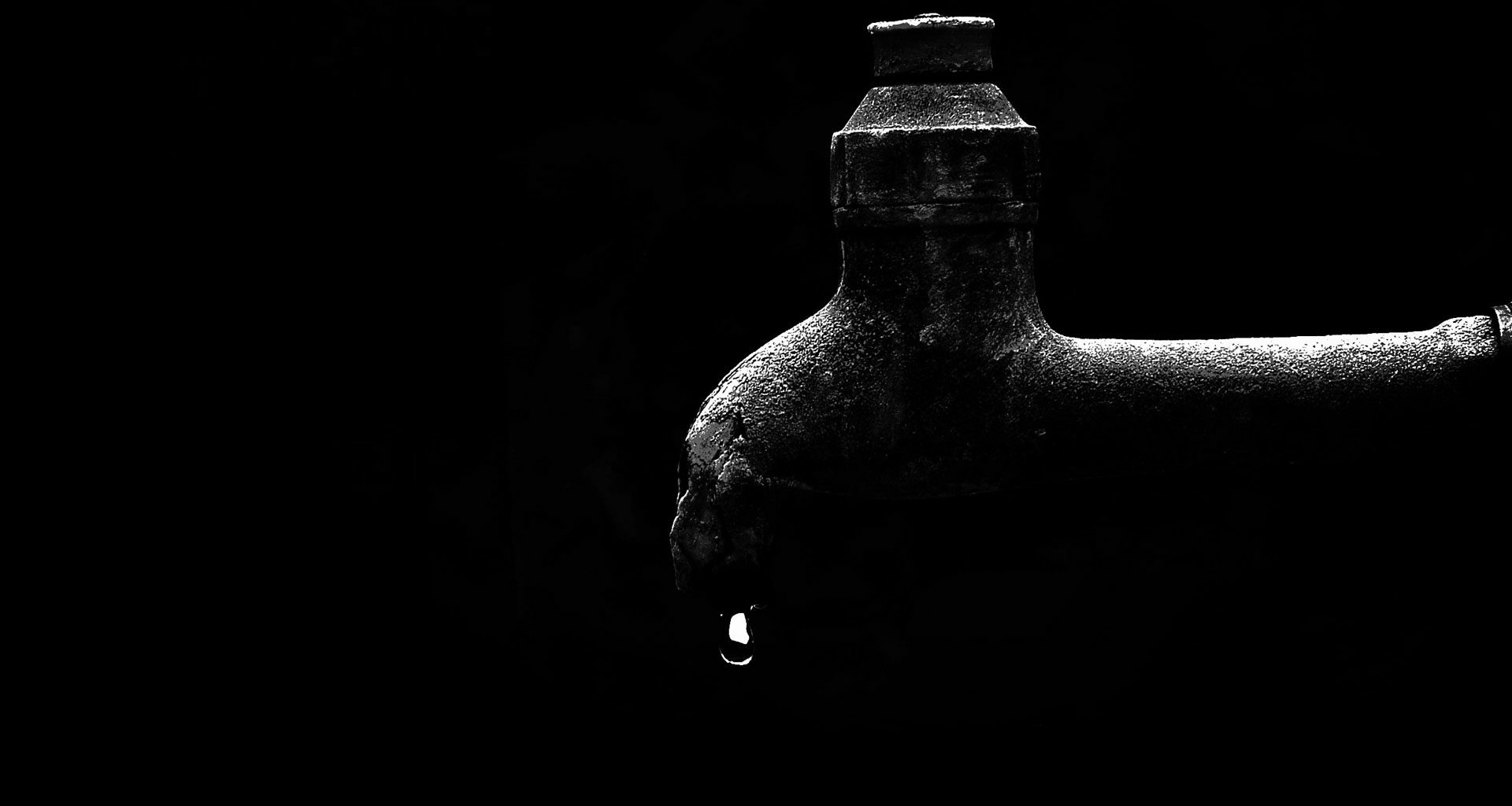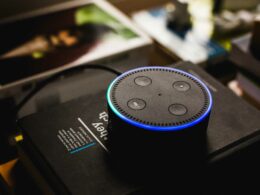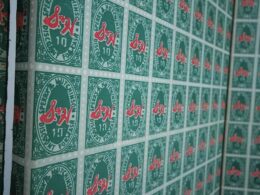With over $600 Billion spent on advertising to create brand awareness, drive prospect conversion and build customer loyalty, surprisingly few companies track the brand loyalty leakage throughout their customer’s experience with them to learn where loyalty is “won and lost”.
By Greg Tucker
Our customer journey research efforts with global brands covers four key aspects of the “Path to Purchase”:
- Marketing / Prospect Leakage – Turning unaware prospects into buyers and minimizing the “leakage” of prospects from the “Awareness-to-purchase” stage
- Sales / Revenue Leakage – Ensuring that customers can spend the full amount of their purchase intention during the sales & renewal journey, and that “Revenue leakage” throughout the customer lifecycle is minimized
- Customer Retention / Customer Leakage – Ensuring that customers receive the positive experience that will keep them coming back year after year and renewing their purchases with the company and brand. Especially important in B2B contractual customer relationships.
- Customer Satisfaction / Loyalty Leakage – Ensuring that customers receive the “on-brand” experience that results in high satisfaction/NPS scores that drives and sustains positive word-of-mouth” marketing.
Customer Satisfaction / Loyalty Leakage
Our customer journey research for existing customers is designed to answer these questions:
• For a customer starting their relationship with us, what is the “typical experience” they receive from start to finish? What is an “on-brand customer experience”?
• What differentiates the “on-brand experience” and the “typical experience” (or the “off-brand experience”)? What differentiates our experience with the leading competitor’s experience?
• What is the impact of our experience on our customer loyalty metric? What could our full potential of brand loyalty look like if we delivered the “most impactful, on-brand experience”?
• What can be done to improve the customer’s experience, the impact on loyalty and on business results? What improvements have the highest impact?
A popular restaurant company asked us these questions and asked us to identify the “Existing Customer Experience” and where it didn’t meet their expectations. Over 25 factors needed to be assessed as part of the experience – food, service, wait times, price, cleanliness, power & Wi-Fi, rewards programs, specials, etc. Several customer segments needed to be engaged across different restaurant formats and across multiple day-parts (breakfast, lunch, afternoon snack, dinner and late-night snack).
Through qualitative, quantitative, ethnographic, biometric and eye-tracking research, it became clear that the current customer experience was solid, but not stellar. And customer loyalty scores trailed the leading competitor by a wide margin.
The insights that emerged included:
• There were 8 stages of the customer experience journey – and 20 friction points were encountered along the journey – well-known to the restaurant employees – but not prioritized or proactively managed on a systematic basis
• Many of the 25+ factors that were studied had little impact on the customer experience. They weren’t relevant to being “on-brand”.
• There were 4 “moments of truth” along the journey that defined the overall experience. Getting these 4 things right resulted in an outstanding “on-brand experience” – getting them wrong resulted in an “off-brand experience”. 90 points of customer loyalty (NPS) were “leaking” out of the customer journey through a failure to proactively manage these 4 moments of truth.
Linking these insights to business results allowed us to model and quantify the following:
• Focusing on delivering an “on-brand experience” in the 4 key areas (out of 25+ potential areas) of the customer experience results in an industry-leading customer loyalty result, with a measurable and immediate NPS improvement.
• This impact had a 30% improvement in customer lifecycle revenue, based on visit frequency, increased spending per visit.
• Improving the experience would allow the company to expand its customer base within the family members and their friends, making new customer growth faster and less expensive.
![]()
Greg Tucker is a Who’s who of Customer Experience and award-winning CX practitioner, advisor and leader for more than 15 years. As CEO of Tucker & Company he consults to Fortune 1000 enterprises and emerging companies on Customer Experience strategies and programs, delivering transformational business results. As a CX Officer and CMO at Copart Auto Auctions, he implemented an end-to-end CX program across all channels that delivered a 20% improvement in Enterprise profitability and received the 2012 CX Innovation Award for delivering a powerful ROI from the CX Program.
This article originally appeared in CustomerThink. Photo by Anandan Anandan on Unsplash.














1 comment